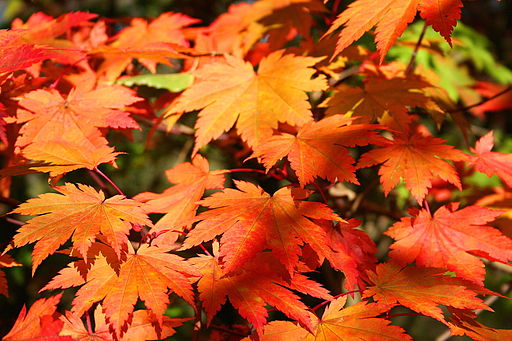
On behalf of the Washington Conservation Guild, I would like to announce the recipients for the Williston Fund for 2019/2020. We are so fortunate to have so many accomplished interns, fellows and grad students here in the DC area. The Williston Fund is one of the ways WCG recognizes and supports them. We are grateful to the lab heads and supervisors who let us know how much they appreciate the newer conservators in their midst. Supporting up and coming members of our field is one of the strengths of our profession. I’m looking forward to hearing more from all of them and expect some very interesting presentations at the Intern Talks at our March meeting.
Here are the four Williston Fund Recipients for 2019/2020 along with the reasons they were nominated:
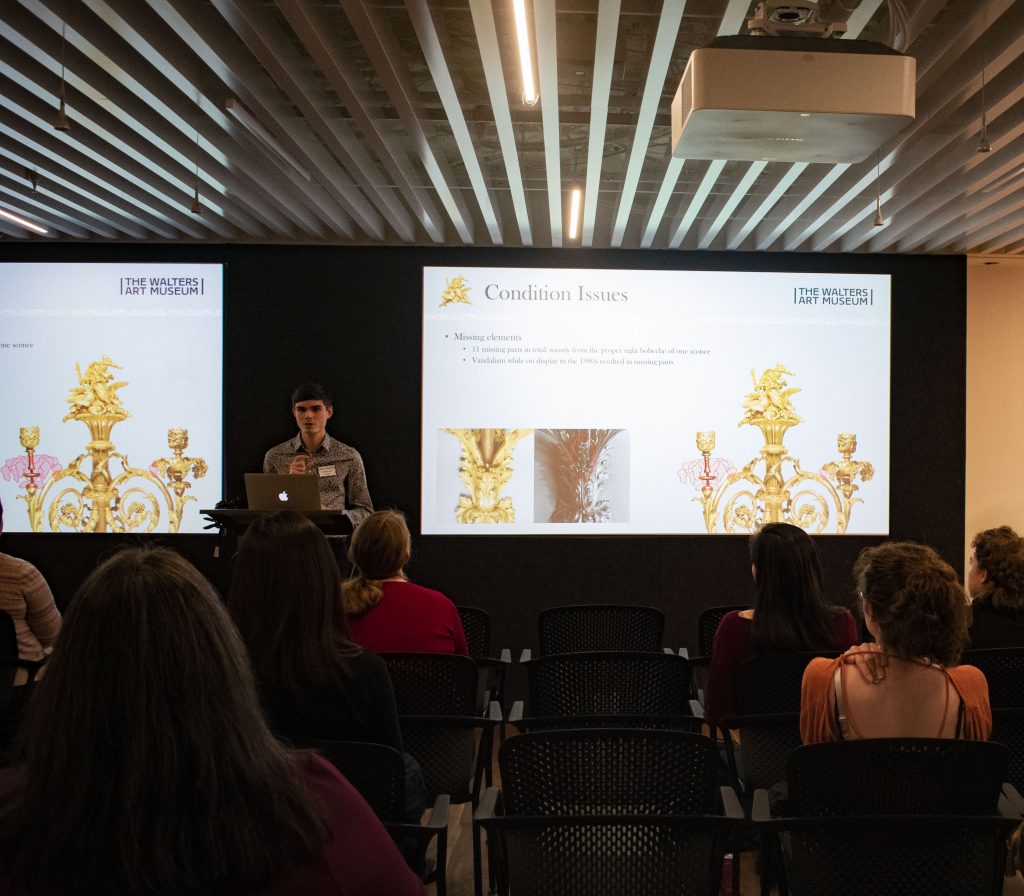
Austin Anderson: Austin Anderson recently began his 3rd year graduate internship in objects conservation at the Walters Art Museum. He comes from the UCLA/Getty Art Conservation Program having pre-program experience in books but also a diverse collection of internship sites including the Royal Museum for Central Africa in Belgium, the Watts Towers, and Yosemite National Park. He is particularly interested in medieval art during his internship at the Walters but will also be working on a project to conserve and restore a set of 18th century ormolu sconces that will be on loan in the near future. In his short time at the Walters, Austin has been a helpful and engaging member of the conservation lab. He has never lived on the east coast and is eager to be active in the Washington Conservation Guild and expand his conservation community during his time in the area.
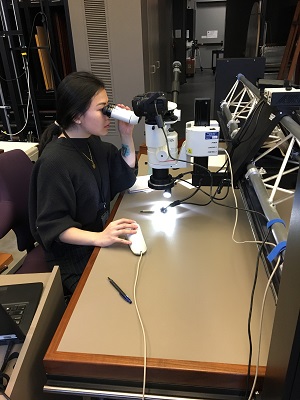
Tammy Hong: As the Andrew W. Mellon Artist Materials Intern in the Conservation Division at the National Gallery of Art, Tammy combines her research interests as an art historian and as an aspiring Chinese paintings conservator by exploring the intersection between conservation science, materials manufacturing and art history. She is cataloging artists materials at NGA and associating important items in the Art Materials Research and Study Center with their manufacturing history and art historical context. Her current research is focused on nineteenth-century British watercolor boxes that contain Chinese ink sticks housed in the Art Materials Research and Study Center. The purpose of this project is to further investigate the extent to which the exchange between Europe and China affected the materials used by artists in Great Britain during this time. Tammy also serves on the Diversity Committee at the National Gallery of Art. Tammy has presented at the Emerging Scholars Colloquium during New York Antiques Weekend and has published on her subject of research.
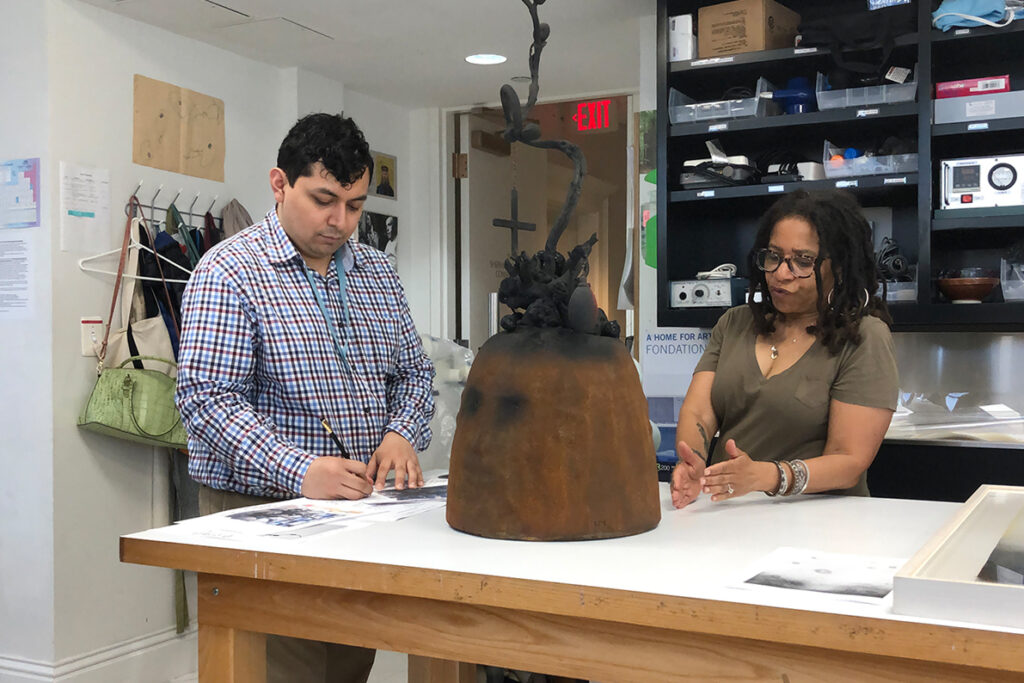
Adrian Hernandez: Adrian Hernandez has been an intern at both the Smithsonian Institution Archives (SIA), since February 2019, and The Phillips Collection, since March 2019. At the Phillips, the focus of his internship project was conducting artist interviews for conservation as well as various treatments of paintings and objects. He is also turning his attention to time-based media (TBM) in the collection. In the coming year, he will be formulating plans for the preservation and long-term care for the TBM in the Phillips collection.
At the SIA, Adrian is researching physical remediation strategies for damaged optical disks. Through discussions with digital archivists and conservators, he is creating a manual that outlines potential treatments and workflows for handling objects that present risks and challenges to regular workflow. Adrian will also be performing hands-on treatment with non-accessioned damaged optical disks with the hope of contributing to the body of knowledge within the conservation community through AIC Wiki, an SIA blogpost, and a white paper for the use of the Digital team and Conservation lab on assessing physical damage and recovery.
Adrian has interned at the Lunder Conservation Center (Smithsonian American Art Museum), National Museum of African Art, and Hirshhorn Museum and Sculpture Garden. He is a senior at the University of Maryland double majoring in Art History and Studio Art and has an Associates of Science in Electrical Engineering. In addition, Adrian volunteers as the Photographer for the Washington Conservation Guild.
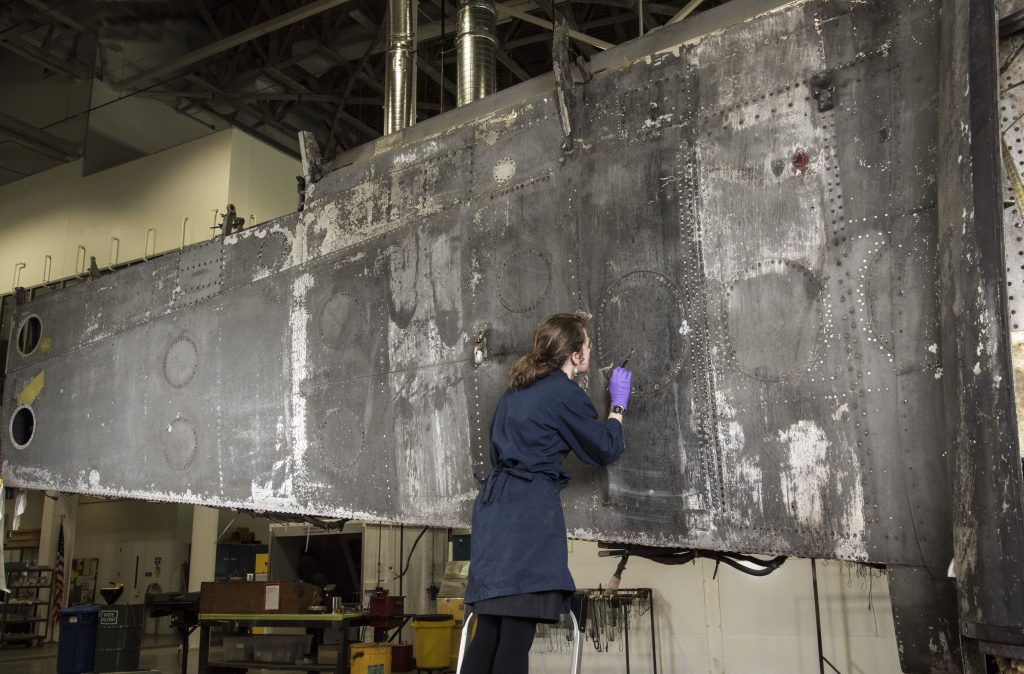
Karen Wilcox: Karen is currently entering the second year of her Engen Conservation Fellowship at the National Air and Space Museum. While there, she has treated a variety of materials, particularly materials and problems unique to contemporary technology collections. She is also focusing her research on the paint on Flak-Bait, a World War II bomber in the NASM collection. It is thought Flak-Bait may retain the only extant example of the painted stripes associated with the preparations for the D-Day invasion. A technical study of these residues presents a unique opportunity to use the artifact as a primary resource in correlation to a mostly anecdotal historical record. The findings can then be used to assess methods to stabilize the residues.
Karen has completed an MA of Cultural Materials Conservation (Objects) at the University of Melbourne, and other heritage-focused studies including Honours at the University of Sydney and a BSc/BA in Museum Studies at Macquarie University. She has several years of public and private Conservation experience in Australia and New Zealand and has volunteered with community-led projects in both countries and the Philippines.